Why Oysters?
Oysters are fantastic marine creatures, an individual animal can filter up to five litres of water per hour.They use their gills to both breathe and feed. They inhale water and sort the particles from the water column. Small hairs on their gills called cilia then migrate those particles down towards their mouths. Inedible particles are bound into mucus known as pseudo-faeces, which is rejected.
As a result of this activity, oysters draw all sorts of elements from the water column and deposit them on the sediments, which as a result improves water clarity. Oysters are therefore our seas’ most effective water filters.
But there is more to the story than just that. In addition, Oyster also provide habitat for other marine life. They create nursery habitat for fish and crabs and provide small animals shelter from larger predators.
In essence, oysters can be considered to be ‘Ecosystem Engineers’, and play a vital role in the protection of fragile marine ecosystems.
The Challenge…
However there is a challenge to be faced. Oysters are themselves under threat. Over time the growth of the human population has resulted in overfishing, physical damage to benthic habitats, pollution and eutrophication.
In particular, it would appear that a serious decline in species numbers coincided with arrival of the industrial revolution; the introduction of industrial trawling and railway systems, coupled with increased urban demand, seems to have be the key driver behind population decline across the European Atlantic coast.
By the 20th Century the oyster industry in much of Europe was in serious decline and the majority of natural beds of Native oyster have never recovered. Worse was to come in 1979 when the disease Bonamia ostreae was detected in Native oyster populations in France, Spain and Denmark. The parasite can cause over 90% mortality among oysters, when initially introduced into a naïve population. Bonamia has continued to spread throughout Europe and further damage the populations of Ostrea edulis.
See this article for a more detailed discussion.
The Answer: Oyster Restoration
We are part of the Glenmorangie DEEP project. The aim is to restore a Native oyster reef to the Dornoch Firth in front of the distillery. This project is a key project of the Native Oyster Restoration Alliance (NORA).
After a COVID delay the project is reawakening and we are currently starting to get 6000 Native European Flat oysters ready for deployment. This is a small but highly important milestone for all involved. For us, it is Chapter 1 of what we hope shall be an exciting journey.
The Future
For us, as a business, somewhere along the line we have managed to become entangled with the Native oyster. We are still not quite sure how it happened but we are becoming increasingly proud to be involved in efforts to save this precious wee ‘beastie’. We are really keen for all our friends and customers to share in these efforts, even if that just means increasing awareness.
We would encourage you all to share your thoughts on these efforts and ask us questions.
